
This is a guest post from Bob Harris, author, adventurer, Kiva super lender, and captain of the incredible Friends of Bob Harris lending team. This is the second in a series of posts from Bob chronicling his travels around the world meeting Kiva borrowers. Read his last piece about traveling on a budget, and start getting excited about the release of his new book The International Bank of Bob, available starting March 5.
In the various travels that led to the book, I was lucky enough to bring a camera to more than 20 countries on five continents. Unfortunately, when it came time to publish, there was only room for about 30 pictures to share.
Here are a few more favorites that I didn't get to include, roughly following the book's structure. I hope this might add some additional color to my visits to Kiva field partners all over the world, not to mention the strange way this all came about through a brief foray into luxury travel writing. If you read the book, these might make the story feel more real and fun to imagine; if not, I hope you'll enjoy the photos and captions here, at least.

Rabat, Morocco, the city where I met Mohammed the bicycle repairman. Beach soccer near the casbah. (If you're curious, yes, we all rocked it later.)

The fountains outside the $3 billion Emirates Palace, which at the time was the most expensive hotel ever built. Incidentally, the large office-building-sized-looking structure isn't the hotel. It's the hotel's entrance gate. The actual hotel is so huge that I think the best way to grasp it visually may be from space via Google Maps. (If you click the link, the entrance gate is the tiny square at the right edge of the grounds, near the road. Check the scale of distance and Abu Dhabi in the United Arab Emirates.
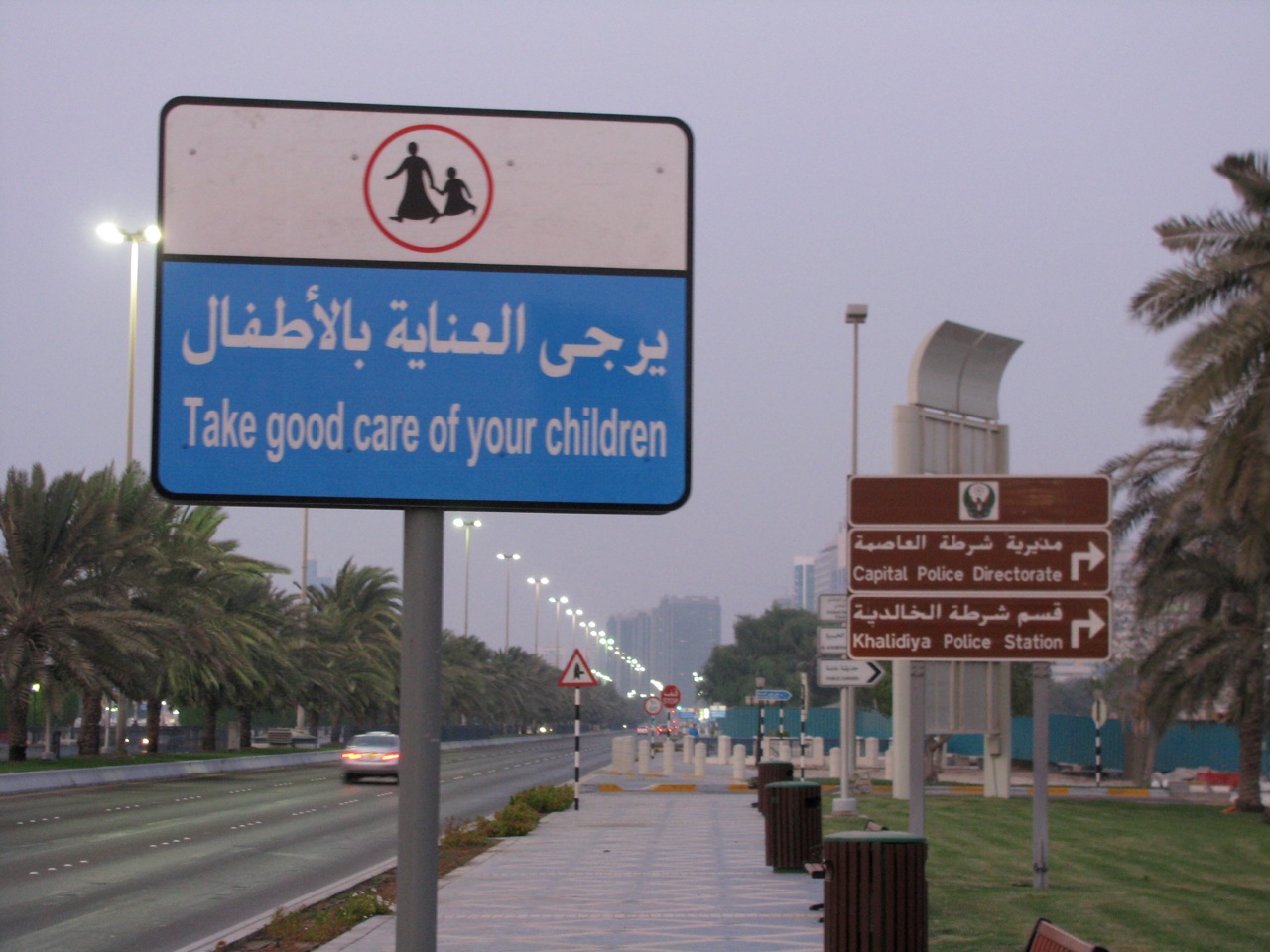
Walking along the corniche in Abu Dhabi. There should be more signs like this everywhere.
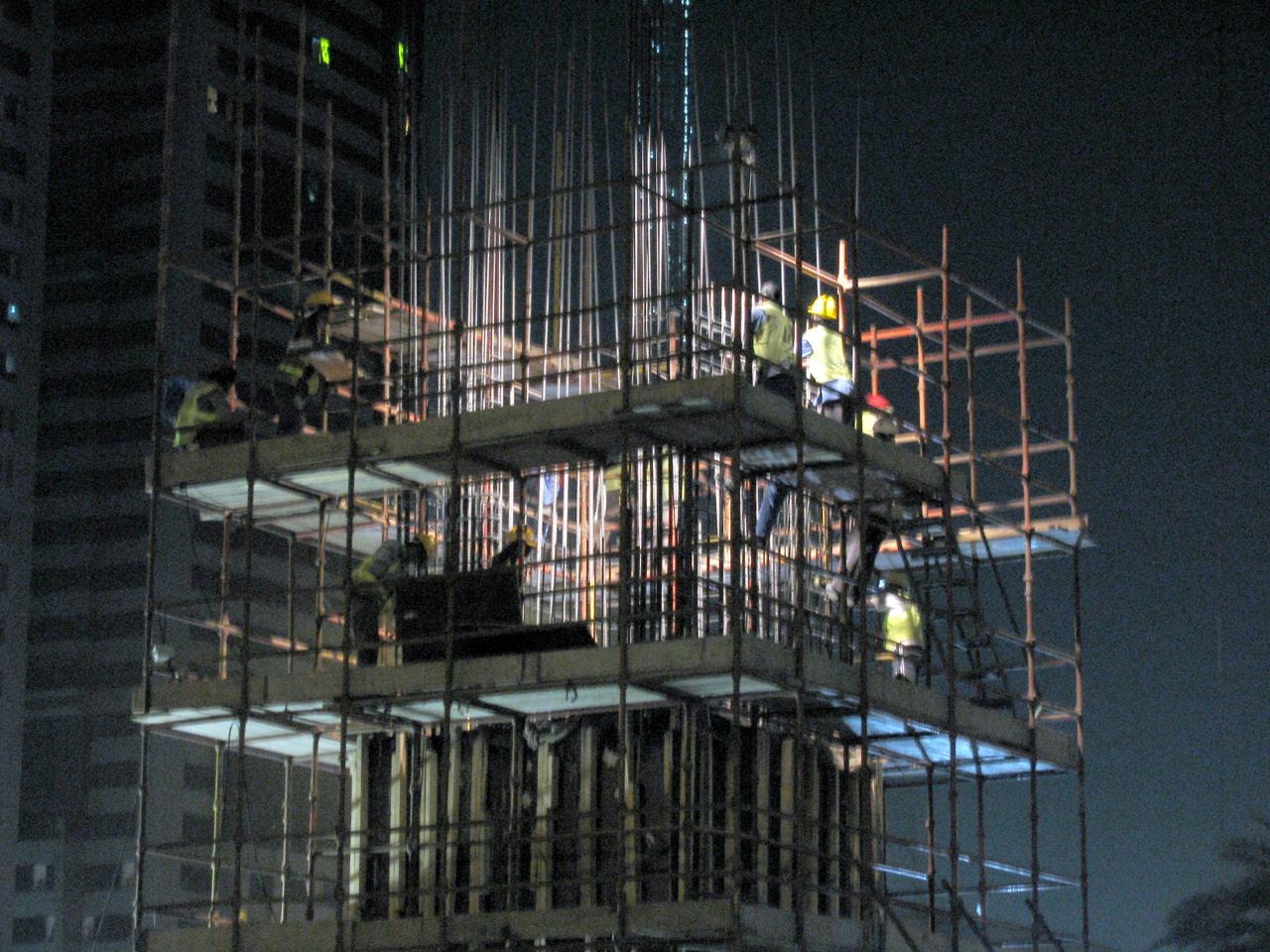
Dubai, United Arab Emirates. On my first visit in 2008, buildings were still rising like this 24/7, constructed by immigrant laborers from South Asia and other less prosperous bits of the world. Their days are long and the pay is short. But many of them send as much money home as they can, having taken these jobs to support their families, whom they generally will not see for years.
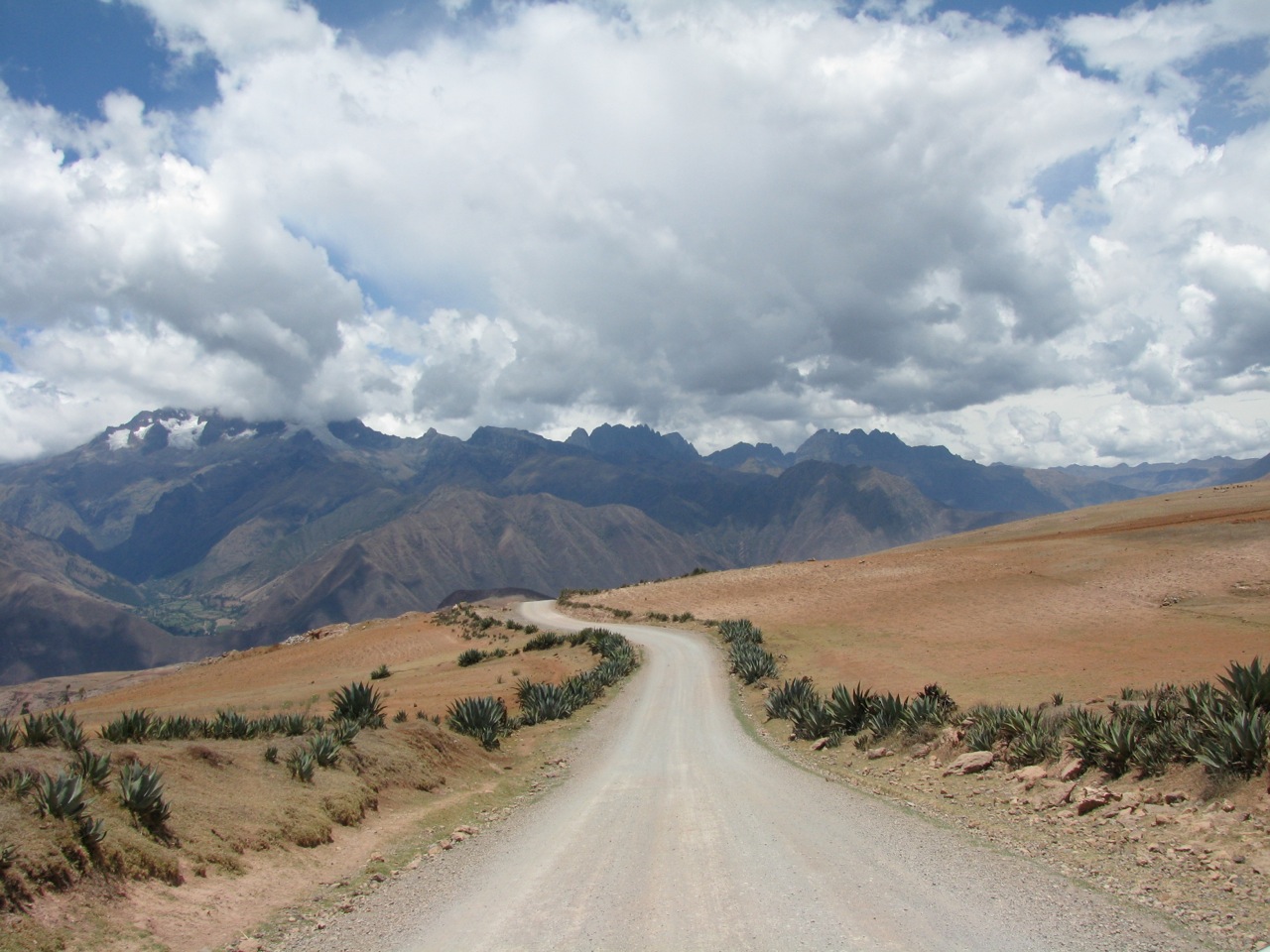
A rural road near in the hills near Urubamba, Peru. A different path.

Cusco, Peru. Outside the offices of Kiva field partner Asociación Arariwa. This was my first visit to a microfinance institution and its clients. I stood outside for a couple of minutes, oddly nervous, breathing Tico exhaust in the thin Andean air, realizing I had no idea what to expect, how I'd be received, or if this whole idea would even work as a book. Then I felt stupid just standing there, went in, and got on with meeting some really cool people.
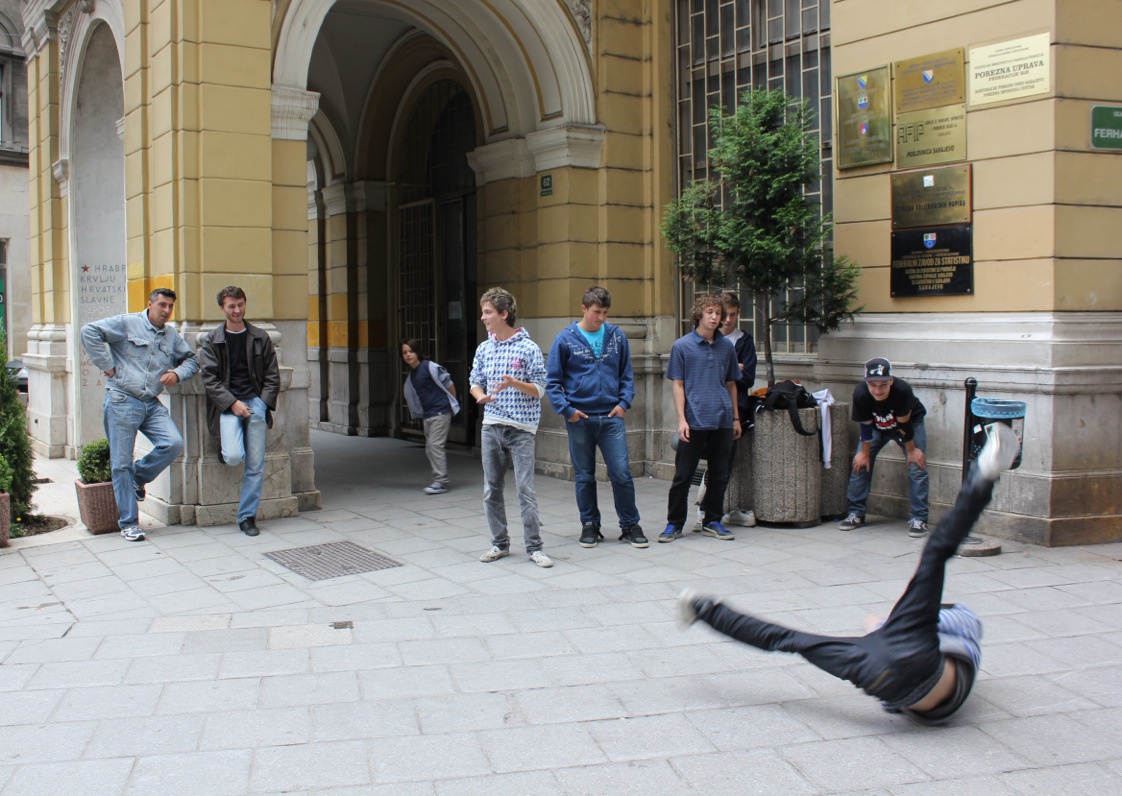
Sarajevo, Bosnia and Herzegovina, the day before my first visit to Women for Women International. I now believe that breakdancing is probably happening somewhere on our planet at all times.
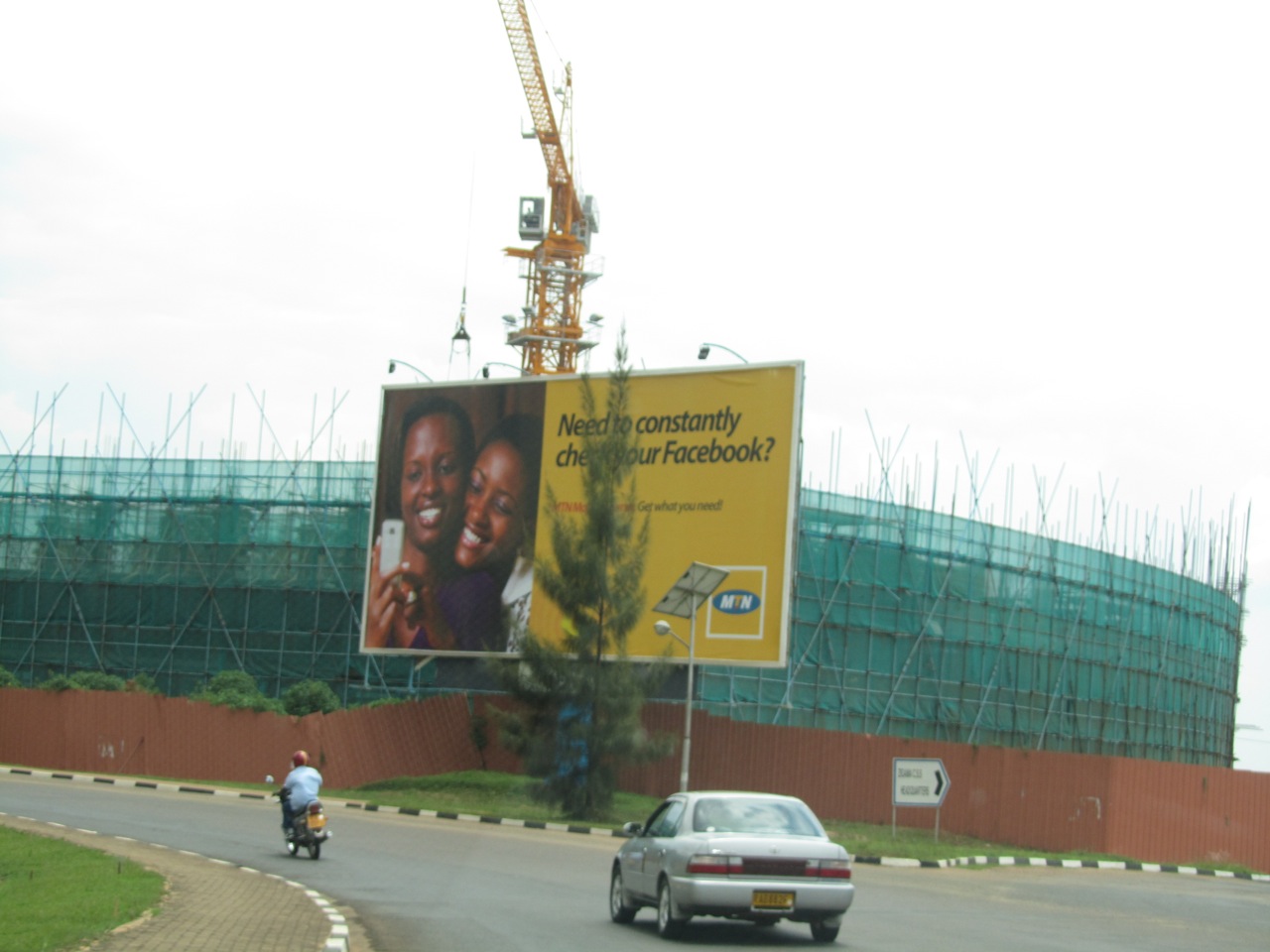
Kigali, Rwanda, while visiting Kiva field partner Urwego Opportunity Bank. The 1994 genocide still quietly echoes, but construction sites abound, mobile communications are extending into banking and microfinance, and the horrific past seems to have a decent chance of becoming only that.
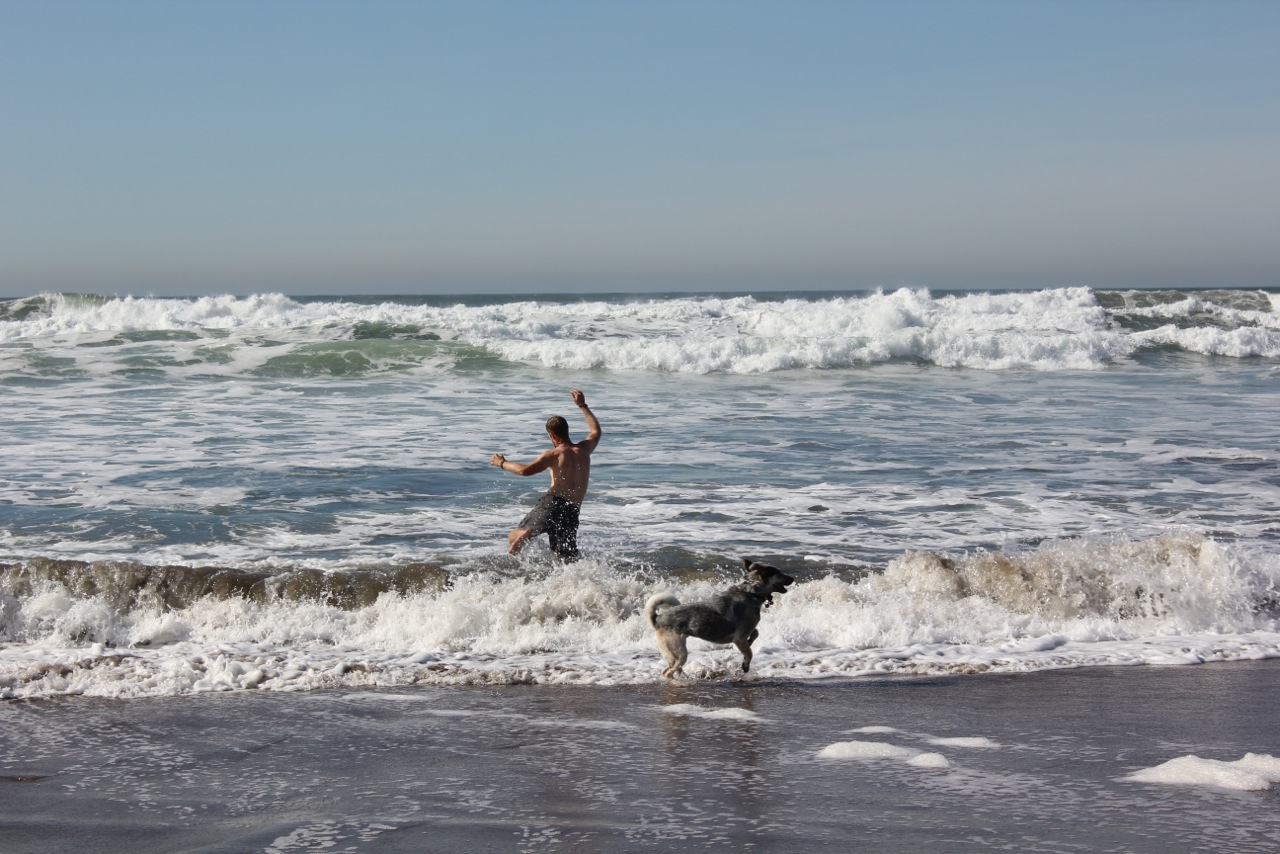
San Francisco, California. Jonathon Stalls, accompanied by his dog Kanoa, completes his 3030-mile cross-country fundraising Kiva Walk by triumphantly leaping into the Pacific Ocean. Dude started in Delaware with his feet in the Atlantic Ocean. Imagine walking that far, thriving on hospitality and trust the whole way. Joining him for the last two days was an inspiration.

A handwritten loan form in the office of Kiva field partner Negros Women for Tomorrow Foundation. Notice the languages. Loan officers in many countries often need to be fluent in three or more. Compostela on the island of Cebu in the Philippines.
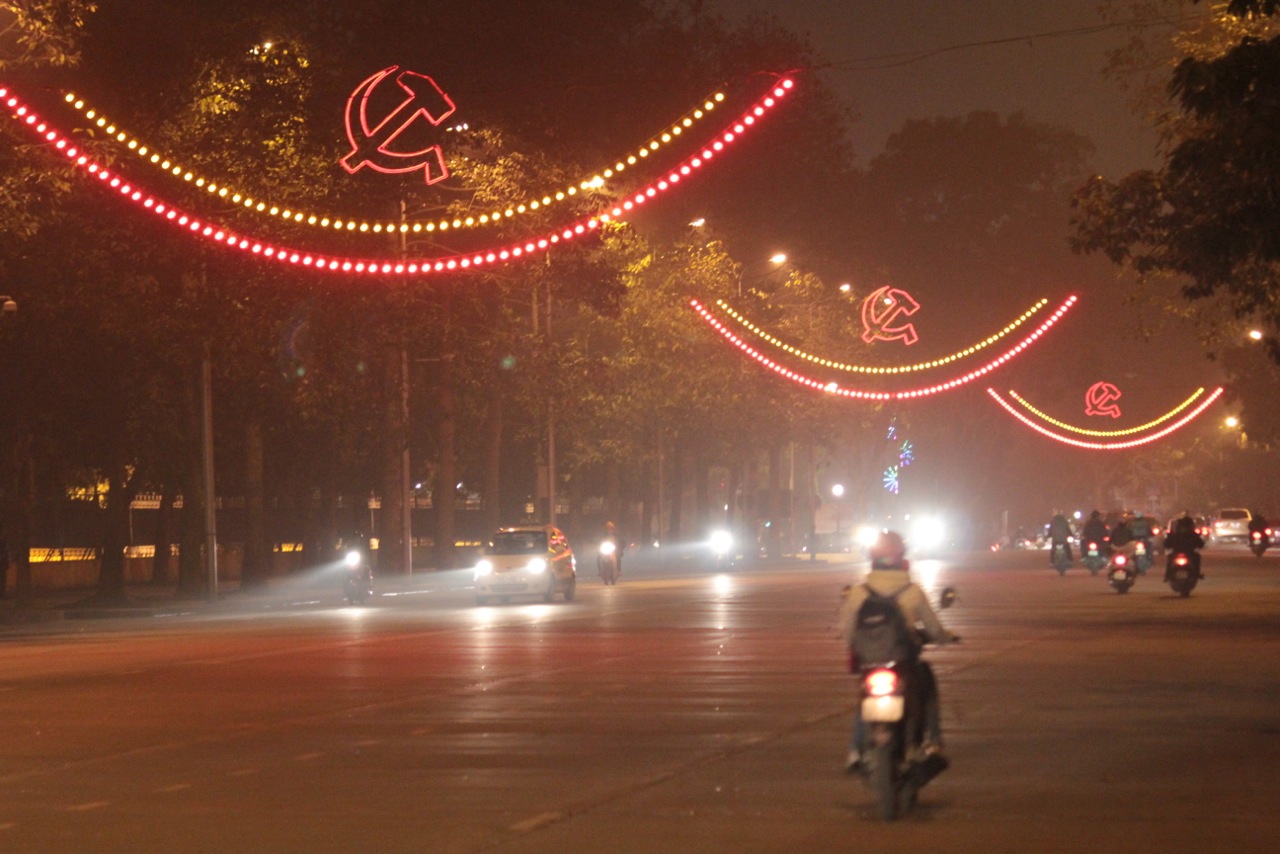
Hanoi, Vietnam. The communist hammer and sickle are still constantly on display.
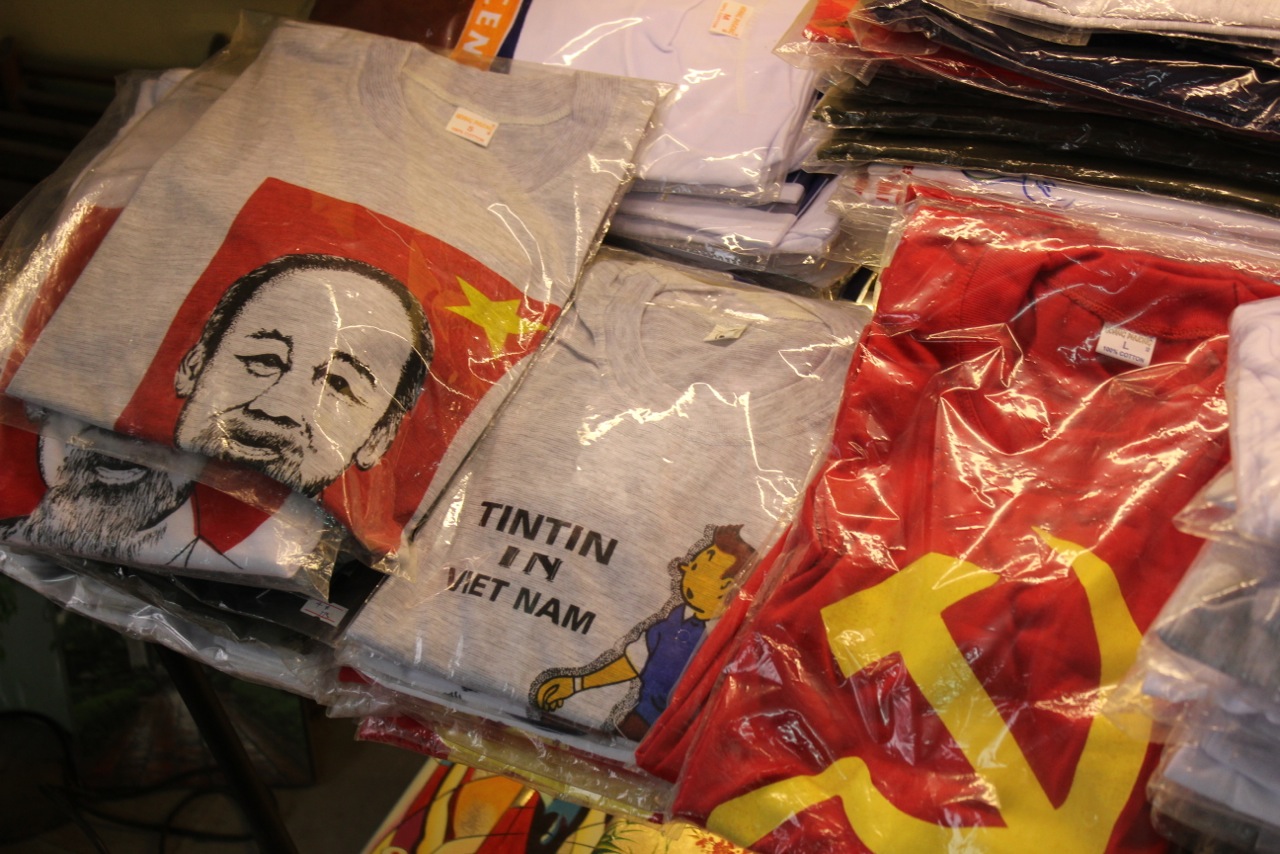
Hanoi again. T-shirts selling both communist and European colonialist imagery — whatever makes a profit.

Phnom Penh, Cambodia. A giant sack of something that needs to go somewhere, and a driver willing to do what it takes to get the job done.
The closer you look, the less comfortable this seems to have been.
But honestly, can you look at this and feel anything but affection and respect? Any of us could be this guy, and we'd find a way to get it done, too.
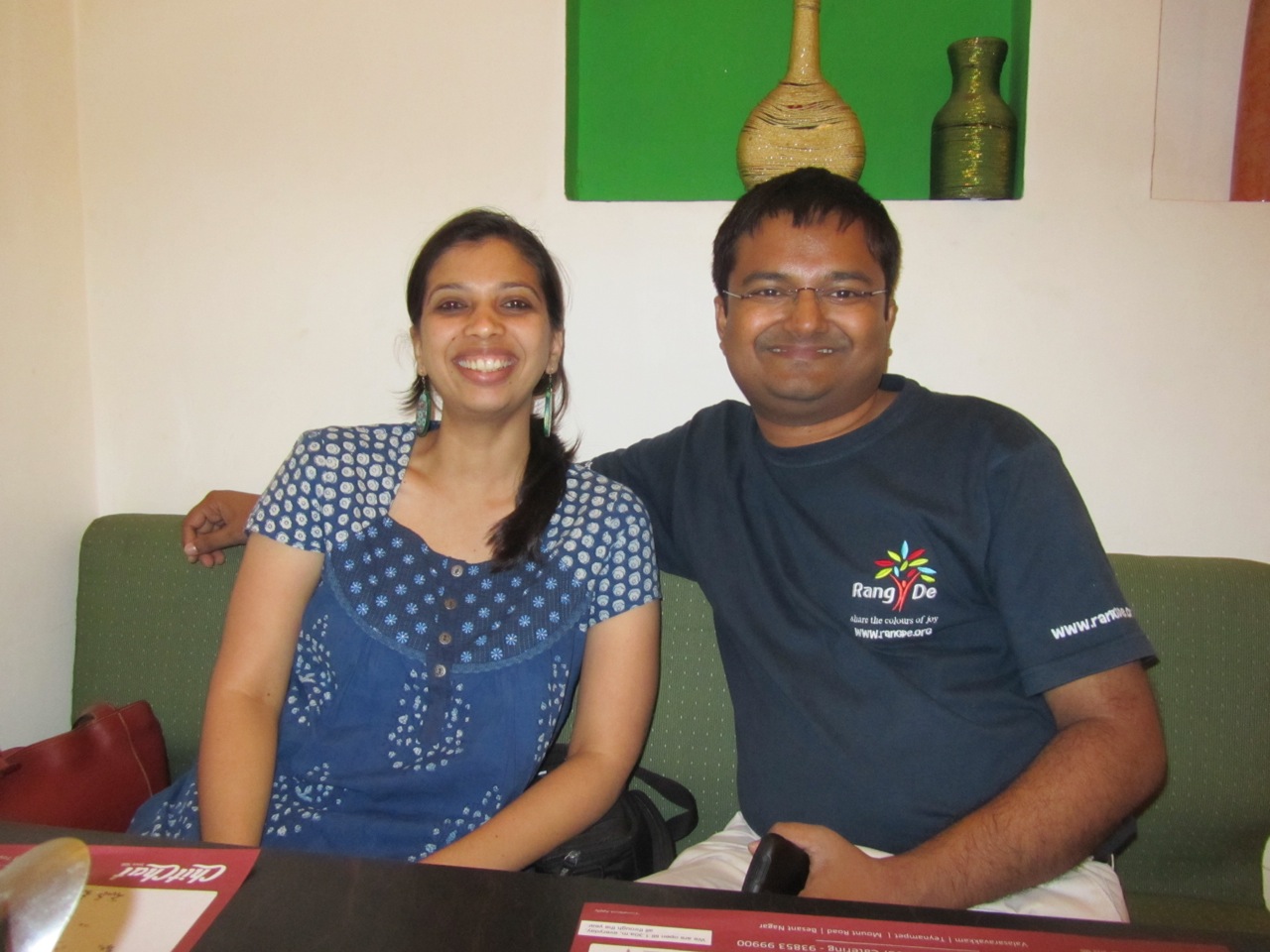
Ram and Smita, the founders of Rang De, a microlending platform directly inspired by Kiva, built so that Indians could lend to other Indians. Chennai, India.
Kiva now has three field partners in India, too, but I think there should be no concern about overlap. In rough figures, there are about as many people living in poverty in the state of Odisha alone as there are people — period — in the smallest 15 U.S. states combined. Another way to slice the numbers is even more boggling: the eight poorest Indian states reportedly have as many people in poverty as the poorest 26 African countries combined.
I will never be able to comprehend those statistics. If I were an Indian trying to help my own country's poor, I think I'd fall into total overwhelm. And yet Ram and Smita aren't daunted. They do the best that they can, accept the limits of our lives but still push forward, and feel excited for the good they can do every day.

The numbers I just mentioned about poverty in India may seem impossible fto imagine. Please try, however, while contemplating this steamroller decorated with the symbol for "om."

Beirut, Lebanon, from my hotel TV screen. Strange rituals of an indecipherable culture.

Beirut, not far from the offices of Kiva partner Al Majmoua. Two kids see me with a camera and decide to hang out, make faces, and goof around. This happened more than once.
People like these two young men are part of a world that I would never have imagined when I was their age. These kids are growing up on a planet that, for all its problems, is more interconnected each day, and with a speed that may escape notice because we're all so busy keeping up.
When I was a kid, growing up in the world's richest country, a domestic color television signal was a new and exciting thing. Now I can carry a small rectangle in my pocket with which I can video chat with Tanzania while checking stock prices in Germany and the weather in Peru. Even people on the poorer side of the digital divide can't help but look across the fence and feel the world getting smaller.
I don't see this commented on enough, but think of how profoundly different the operating assumptions are becoming for a broad swath of humanity: for the first time in history, a large portion of an entire generation is growing up unable even to conceive of a world without instant, constant communication.
This generation, worldwide, should be able to see and listen to each other more fully than any generation before, and by orders of magnitude. And in 40 years or so, they'll hold the political and economic levers in the world's most powerful countries.
Is it really all that hard to imagine that we might find our way someday?
I kinda think so now.
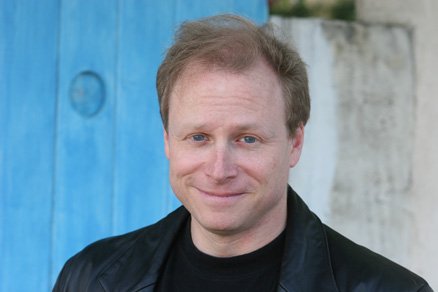
Bob Harris has had a diverse career as a TV writer (Bones, CSI: Crime Scene Investigation), occasional TV personality (The National History Bee, Mostly True Stories), and AP award-winning radio humorist. An author whose previous books range from a chronicle of his thirteen Jeopardy! appearances (Prisoner of Trebekistan) to a pocket summary of more than 30 conflicts around the world (Who Hates Whom), Bob has also contributed numerous travel pieces to ForbesTraveler.com. He holds an honors degree in electrical engineering and applied physics from Case Western Reserve University.
As a Kiva lender, Bob has made more than 5,200 loans. Bob's upcoming book about microfinance and Kiva, The International Bank of Bob, will be released on March 5th. For more, visit BobHarris.com.
PREVIOUS ARTICLE
Week in Review: Happy Women's History Month! →NEXT ARTICLE
Africa’s Silicon Savannah: Why Kenya? Why now? →













